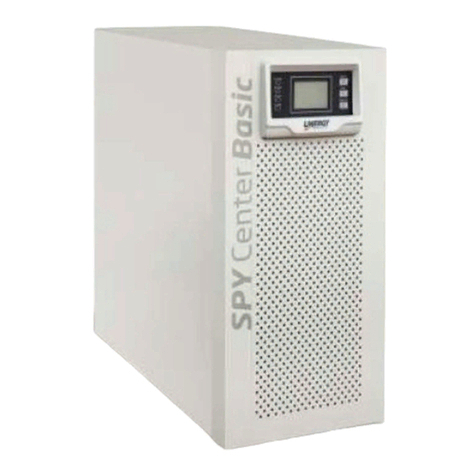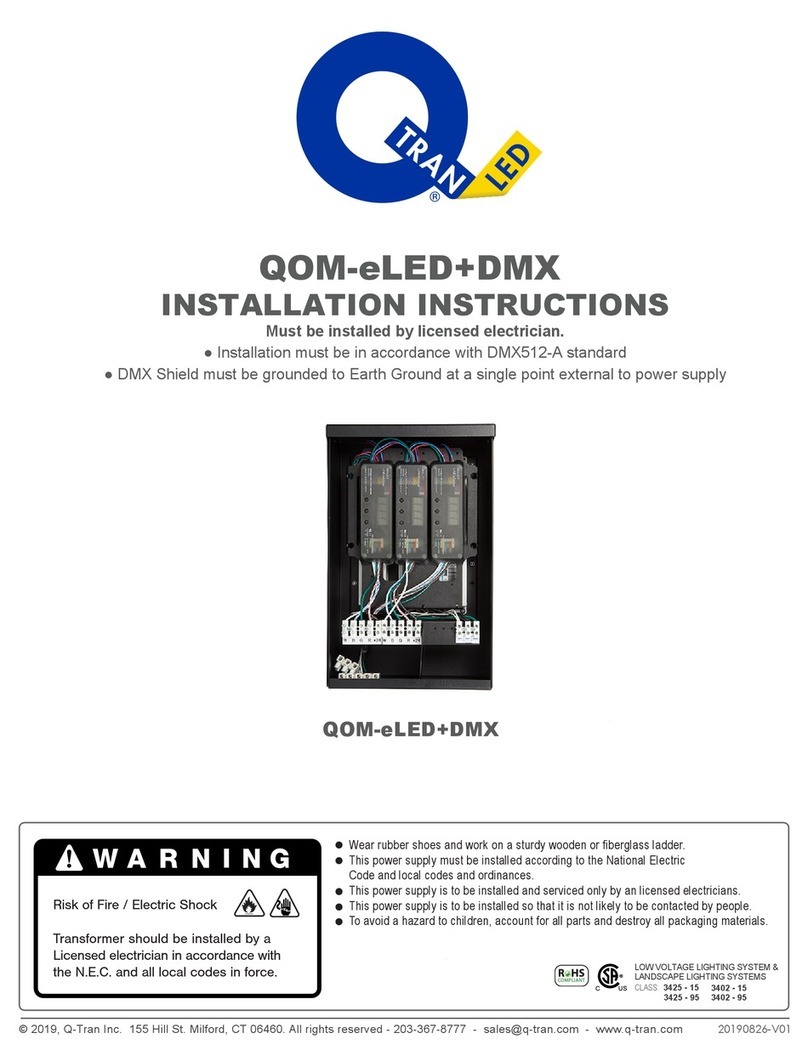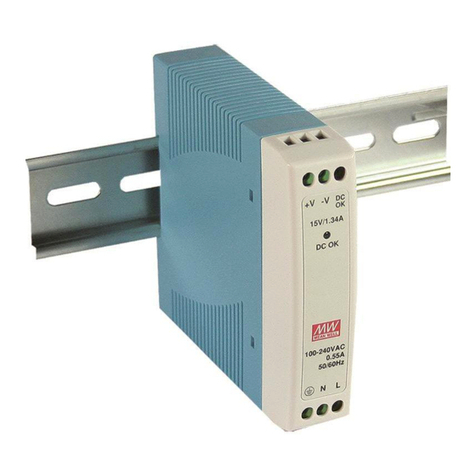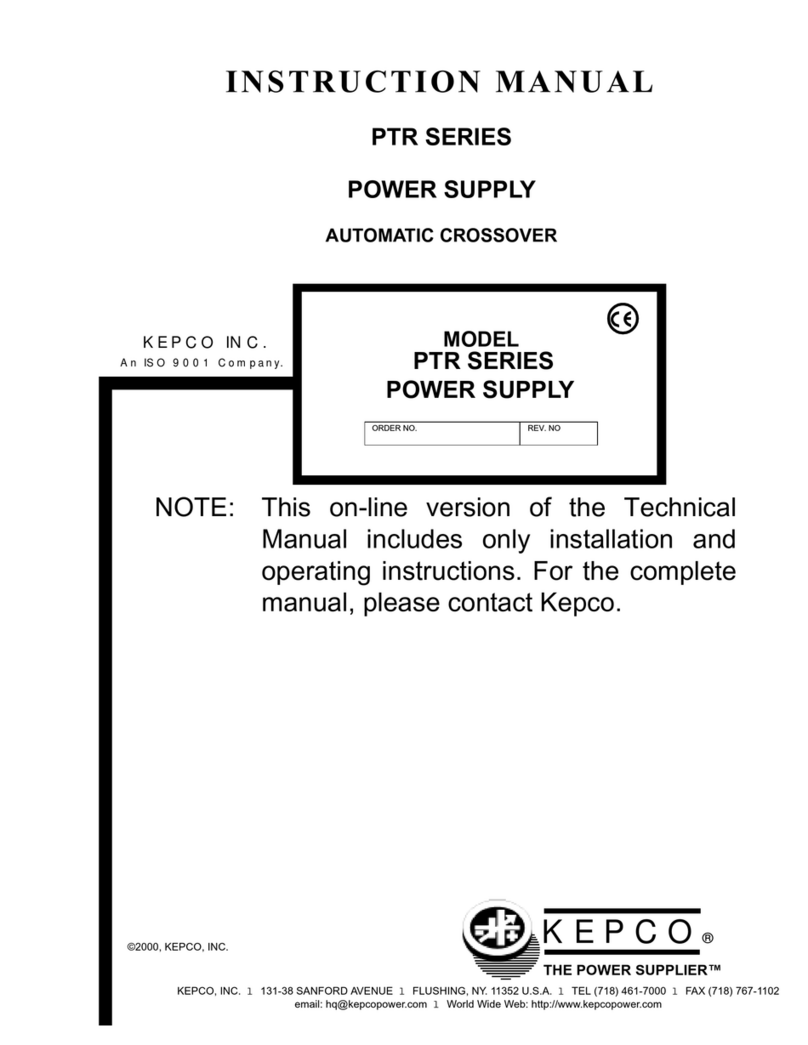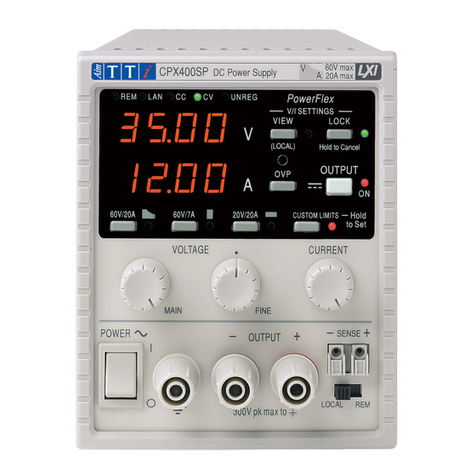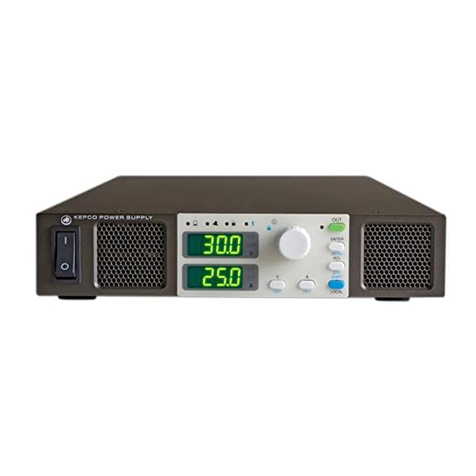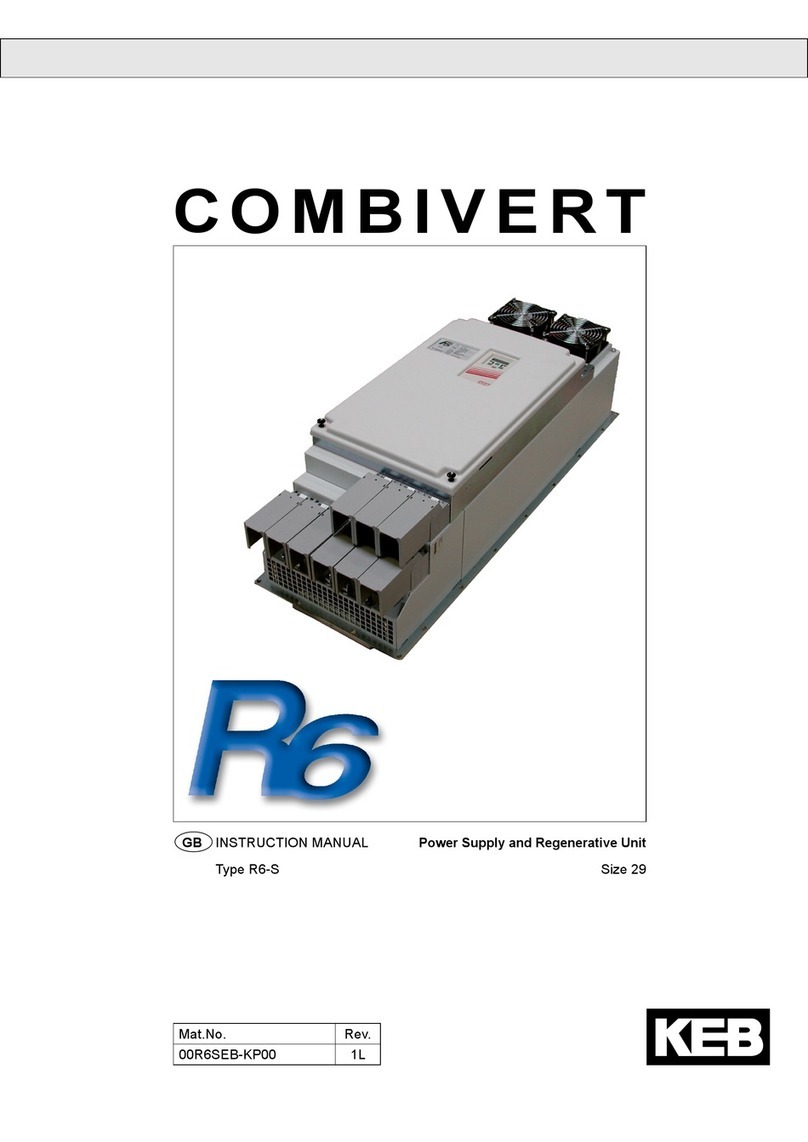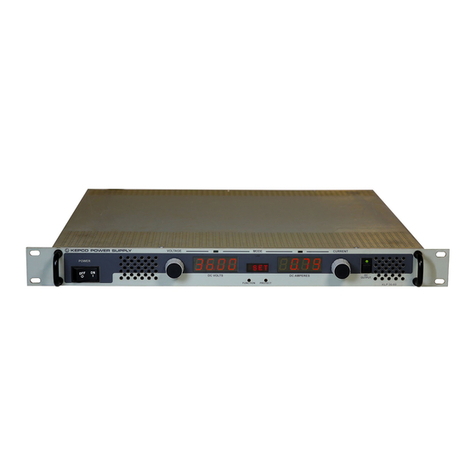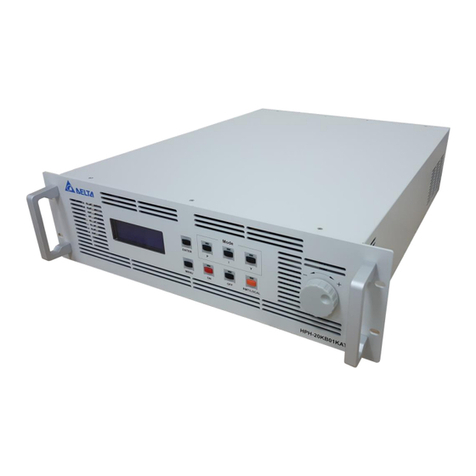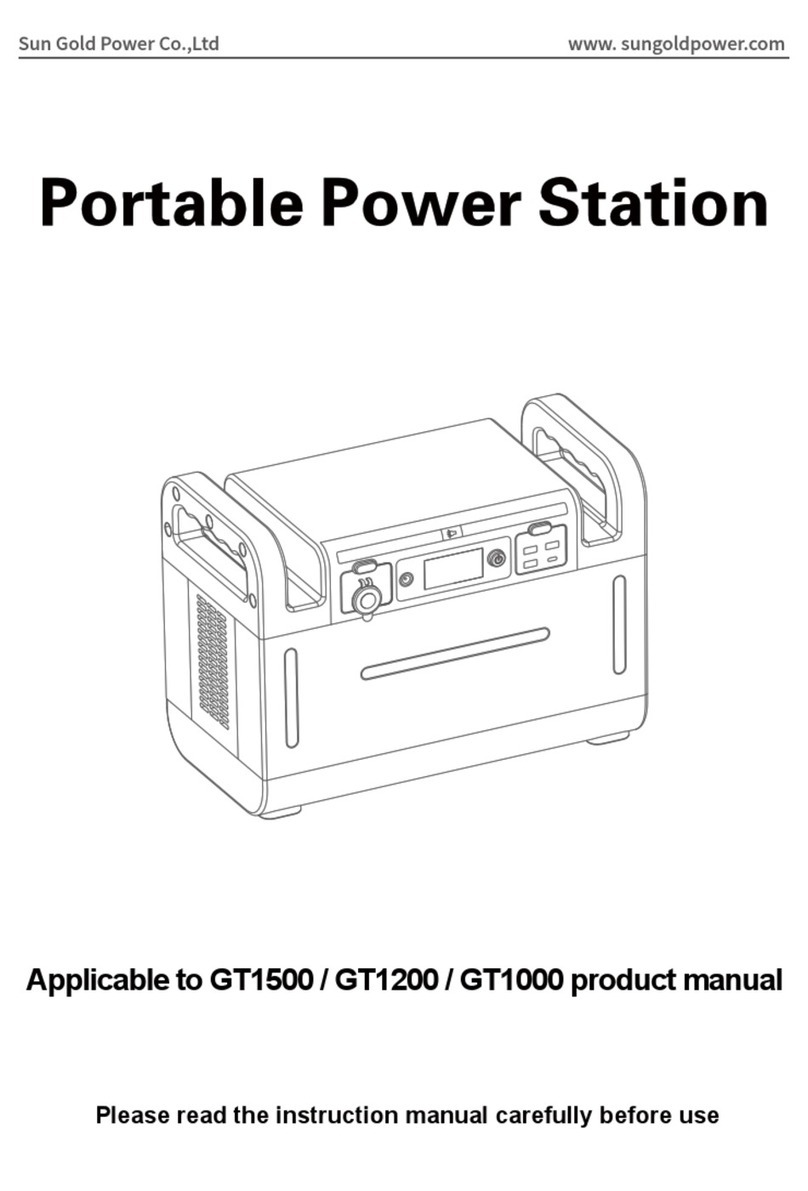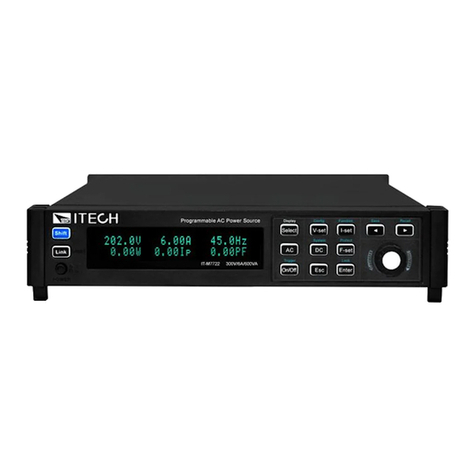Linergy Spy Center Basic Series User manual

SERIES
SCB010
VER.
2.0
SPY CENTER SPY CENTER
BASIC
CENTRAL POWER SUPPLY SYSTEM
FOR EMERGENCY SYSTEMS
SCB020
SCB030

Please observe all warnings and instructions in this operating manual.

PROGRAMMING AND INSTALLATION MANUAL FOR CPS
index
CHAPTER 1
INTRODUCTION
1
CHAPTER 2
INSTALLATION
2
1.1 Intro
1.2 Description of the system
2.1 Intro
2.2 Description of the system
2.3 Positioning
2.4 Connections
CHAPTER 3
ELECTRICAL CONNECTIONS
3
3.1 Connections battery circuit
3.2 Measures for the maintenance of the batteries
3.3 Rear view of the CPS
3.4 Electrical connection diagram
CHAPTER 4
MODELS
4
4.1 Table
4.2 Types battery box
CHAPTER 5
DISPLAY LCD DISPLAY AND OPERATION KEYBOARD
5
5.1 Functionality LCD display and keypad functionality.
5.2 Switching CPS with mains present
5.3 Switching CPS without mains present
5.4 CPS power off.
pag.1
pag.4
Pg. 7
pag.15
CHAPTER 7
COMMUNICATION PORTS
CHAPTER 8
FAILURES AND FAULTS
CHAPTER 6
FUNCTIONS
6
6.1 Operation Mode
6.2 Battery Mode
6.3 CPS shutdown with mains present.
6.4 Failure mode.
Pg. 21
Pg. 20
Pg. 18
Pg. 7

1
INTRODUCTION
Thank you for choosing this product.
Before you install the CPS carefully read this manual. This manual provides instructions for safety, installation and of 'equipment
operation. It also allows the most complete product knowledge in order to obtain from it the best service. Please keep this
manual.
WARNING!
The system described in this manual must be used exclusively to 'use for which they have been specifically designed.
Any other use is considered improper and dangerous. The Central Power Supply of the SPY CENTER BASIC series, provide
electrical continuity to every kind of user, in case of lack of main power supply.
Designed specifically for emergency power systems applications, provide a pure sinosoidale wave output, and allow different
and various possibilities of load management thanks to differentiated outputs.
When evaluating packaging, the choice of material has been made favoring recyclable materials.
For proper disposal, please separate and identi fi cation of the type of material constituting the packaging according to the table below. Dispose of all
materials in accordance with local laws governing the use of the product.
ENVIRONMENTAL PROTECTION
All our products meet the objectives defined in the environmental management system developed by the policy in
accordance with current legislation.
DISPOSAL OF THE PRODUCT
The rescuer contains in its interior materials that in the case of disposal / disposal, are considered re fi toxic and
hazardous waste, such as electronic circuit boards and batteries. Treat these materials in accordance with current
legislation addressing quali fi ed.
CHAPTER 1

2
DESCRIPTION OF THE SYSTEM
This unit online double conversion ensures continuous feeding in of d 'emergency lighting systems or security systems.
The double conversion system has primary to eliminate noise from the main network NL Nederlands. VFI (Voltage and Frequency
Independent): wherein the UPS output voltage is independent of the variations of the mains voltage and frequency variations are
controlled within the limits prescribed by the European Standard (IEC 110-10).
A rectifier converts the alternating current from the direct current network. This charge current batteries and activates the 'inverter.
On the basis of this current l 'inverter generates a sinusoidal alternating current which constantly feeds the loads.
Installations of lighting or security are thus powered entirely by the CPS. If there is a 'power cut, the batteries feed the' inverter.
This manual can be used for the following models:
SCB010 Series
SCB020 Series
SCB030 Series
DESCRIPTION OF SYMBOLS
The following symbols shown may appear in the CPS during operation. Therefore, all users should have familiarity to
understand the significance.
Symbols
Meaning • Meaning Notice
Attention
Danger High Voltage
Turning ON
Off OFF INVERTER
CPS total shutdown
source of alternating current (AC)
Sources of direct current (DC)
Ground Protection
Audio alarm disabled
Overload indication Batteries
connected
recyclable
Do not dispose of with ordinary garbage
PRINCIPLE OF OPERATION

3
UNPACKING AND INSPECTION
1) Unpack the 'packaging and check the contents inside. The dell 'package
content includes:
The CPS;
the manual for the 'installer;
the comunicazone cable to board relay
Relay card (already assembled in 'units)
Battery Box (with battery connected)
Kit cables and fuses.
2) Check 'aspect of the pallet upon delivery to make sure there have not been any damage during transport.
In case there are known defects fi carli immediately to the carrier and to the sender.
UPS
User Manual CD + Safety manual
Cable Kit + fuses
battery Box

4
RULES FOR MAKING ELECTRICAL CONNECTIONS
Installation of this equipment must be done by personnel qualified.
Reverse polarity cause immediate and irreversible damage to the rescuer. The damage due to reverse polarity are
not in any case covered by the warranty of the Linergy
Use tools with the 'insulated handle.
1. Open the terminal cover positioned on the rear PANEL of the rescuer.
We recommend using cable with 4 mm².
The inputs MUST BE PROTECTED BY CIRCUIT BREAKER.
Before making connections open all the thermal magnetic breakers.
2. Make the ground connections to the terminals marked by the conventional symbol.
3. Perform the connection of the output line to the terminals marked OUTPUT, respecting the directions of phase (L) and
NEUTRAL (N).
4. Ensure the cables firmly to the terminals.4.
The CPS permanently connected to the mains are equipped with a single emergency stop command (ESD = Emergency
Switching Device or EPO = Emergency Power Off) embedded UPS or terminal for connection to an external device that allows l
' remote shutdown of the load and the supply of CPS energy in any operating state.
5. Optional: Perform the connection of 'remote off switch to the contact marked by EPO (Emergency Power Off).5. Optional: Perform the connection of 'remote off switch to the contact marked by
The EPO contact is normally closed. The rescuer turns off all 'opening of the contact.
.The rescuer is provided with the contact EPO bridged.
1 3

5
PROJECT OF THE FAN TO EN 50272-2 and CEI EN IEC 62458-2
The quantity of air "Q" necessary for the ventilation of a battery compartment, must be calculated according to the formula simpli fi ed:
3
Q = 0.05 x xnx Igas Crt x 10 (m / h)
= 0.05 vxqxs (v = hydrogen density; q = hydrogen generated; s = safety factor) n = number of battery
elements
Igas = current that produces gas expressed in mA per Ah of capacity delivered, for the charging current fl octant (I fl oat) or for
the rapid charging current (Iboost). Crt = nominal battery capacity (Ah per single battery)
The formula for the calculation of the quantity of air "Q" varies according to the technology of the battery The amount
of the fl ow of air ventilation should be ensured preferably by natural or forced ventilation (artificial).
For natural ventilation, rooms or cabinets of the batteries must have sockets and s fi ati having surface free calculated with the
following formula. A = 28 x Q
3
Q = amount of air ventilation (m / h)
2
A = surface free of the socket and the s fi ato of air (cm)
Example of calculation: for VRLA batteries with AGM technology (maintenance-free batteries) UPS: with 40 12V
batteries (6 2V for battery elements), with capacity of 100Ah
3
Q = 0.05 x xnx Igas Crt x 10 (m / h)
3
0.05 m / Ah
n = number of batteries x N = 240 elements of battery elements (total number of elements) Igas: 1 (mA / Ah) (for
the voltage fl octant) Crt = 100 (Ah)
3
Q = 0.05 x 240 x 1 x 100 x 10 = 1.2m / h
2
A = 28 x 1.2 = 33,6cm
The quantity of air "Q" necessary for the ventilation of a battery compartment, must be calculated according to when reported by
legislation.
A
h
A
h
h > o = to 2 meters.
BATTERY BOX
-3
-3
-3
BATTERY BOX

6
RULES FOR INSTALLATION
Warning: Before installing the system carefully read the safety instructions:
Do not install 'central unit (CPS) and the battery box next to' water or in moist environments.
Do not install 'central unit (CPS) and the battery box in places exposed to direct sunlight
or heat sources.
Do not obstruct the grids for ventilation posed in the 'housing of the rescuer.
Do not connect appliances or devices that may overload the CPS.
Arrange cables so no one can step on or trip over it.
Installation of electrical system dell 'edii ce is necessary to provide an appropriate
Disconnection device for short-circuit protection.
The emergency system must be installed by quali fi ed service personnel.
The connection to ground is essential before connecting to the end of '
electrical system dell 'edi fi ce.
Do not disconnect the ground wire placed on the CPS or the BACK of 'electrical system terminals
dell 'edi fi ce as this could cause the cancellation of the set up of the PSC protective earth and of all connected loads.
The output terminal of the CPS may also be electrically activated when the rescuer is not
connected to the terminal of 'electrical system dell' edi fi ce, be careful.
To conserve battery life, you must install the 'unity and the box with the batteries in a ventilated area where the
ambient temperature does not exceed 20-25 ° C. A higher temperature can lead to 'excessive stress dell' accumulator
causing an irrevesibile damage.
POSITIONING
Install in a dry, well ventilated area
Do not block the cooling fans.
Do not expose to weather (rain, wind, etc.)
Do not install or store the CPS in a non-protected from dust, dirt etc.
Ensuring aeration by placing the apparatus at least 20 cm away from walls
Do not cover the front, rear and side air zones.
CHAPTER 2

7
ROOM TEMPERATURE
The life expectancy for lead-acid batteries is reduced by half for every increase of 10 degrees with respect to the design
temperature of 20/25 ° C.
Wherever possible, where it is necessary an optimal duty cycle, it is preferable to choose a temperature controlled environment.
It will ensure the proper ventilation, af fi nche any potentially explosive mixtures of hydrogen and oxygen are dispersed before
reaching dangerous concentrations. The ventilation will be designed according to EN 50272-2 "Safety requirements for batteries
and installations".
The EN 50272-2, section 2, is the theme of the batteries of stationary batteries, typically used in applications with UPS. The
standard describes the safety requirements, including the protections from harm generated electricity, electrolytes and explosive
gases. other requirements are also provided for maintaining the functional safety of batteries and installations. The VRLA (Valve
Regulated Lead Acid), better known as sealed lead acid batteries with internal gas recombination, can often be installed without
special safety requirements, since the fl ow of air needed for these batteries is very low.
DO NOT TURN THE BATTERY BOX
CORRECT
DO NOT TURN IN NO EVENT
SHALL THE BATTERY BOX

8
BATTERY MAINTENANCE
This series of CPS requires minimal maintenance. The batteries used for standard models
are normal batteries LEAD VRLA AGM with life expectancy 10 years. These batteries require minimal adjustments.
To keep the PSC regularly in the network to charge the batteries and maximize their life. When the machine is
turned on and under the CPS network maintains the batteries charged and also offers a protection against overload or
excessive battery discharge.
The PSC should be fed every 4 to 6 months if not used for a long time.
In countries with high temperatures, the batteries should be recharged every two months. The time of
A standard charge is at least 12 hours.
Under normal conditions, the battery life is about 10 years. If the batteries are not
found in good condition must be replaced as soon as possible.
Batteries should be replaced by qualified personnel.
Replace if necessary Linergy the batteries with batteries of the same type.
Do not replace the batteries individually. All batteries should be replaced at the same
time following the instructions of Linergy Srl.
Normally, the batteries should be charged and discharged every 4- 6 months. The charge should
be carried out after the CPS switches off completely in battery mode, the standard full charging time is 12 hours.
Do not place the battery pack to a heat source, they may crack.
Do not open or cut in any way the batteries, the 'electrolyte is highly poisonous and harmful to
eyes and skin.
Do not connect the positive and negative pole of the batteries, it may cause an electric shock Do not connect
or fire.
Make sure there is no voltage before touching the batteries. The battery circuit is not isolated from the
d 'input circuit. It could occur before a hazardous voltage between the battery terminals and the ground.

9
REAR VIEW CPS
1 1 1
1
PROTECTION EARTH EPO
BREAKER
COOLING FANS INTELLIGENT SLOT RS
232 models:
SCB010
1 2
3
4
6
5
2
3
4
5
6
THE N +-THE N THE N
AC Imput Battery Output 1 (SA) AC Output 2 (SE)

10
1
2
3
4
6
REAR VIEW CPS
models:
SCB020
SCB030
1
PROTECTION EARTH EPO
BREAKER
COOLING FANS INTELLIGENT SLOT RS
232
2
3
4
5
6
5
THE N +-THE N THE N
AC Imput Battery Output 1 (SA) AC Output 2 (SE)

11
NOT MAINTAINED / SE
MAINTAINED / SA
ELECTRICAL CONNECTIONS
battery
Box
L N +-L N L N
AC Input Battery Output 1 (SA) AC Output 2 (SE)

12
DETAIL CLAMP EPO
Off EPO (Emergency enabled) Activated EPO (Emergency disabled)
INT
11
12
EPO deactivated (Emergency enabled) are visualized on
an external module *
INT
11
12
EPO deactivated (Emergency disabled) with
visualization on external module *
DETAIL WITH TERMINAL EPO FORM OF OPTIONAL cod.SCBMOD STOP FUNCTION (EPO)
The emergency stop function (EPO = Emergency Power-Off) serves the immediate shutdown at a distance of the UPS system
and the connected loads. To this end it is necessary to remove the jumper from the emergency stop plug (on the back of the UPS
system) and connect an external emergency stop switch.
2
Section of the connection cable = 0.5 - 2.5mm (AWG 13-20)
2
Section recommended the connection cable = 1.5mm (AWG 15)

13
CONNECT THE BATTERY BOX CPS
The BOX batteries is supplied with the battery circuit already connected it.
Connect the batteries box to the system whit the RED and BLACK CABLE with fast connector (supplied in the kit together
with fuses) connecting them to the BATTERY terminal respecting the polarity as shown in the diagram
Reverse polarity cause immediate and irreversible damage to the rescuer. The damage due to reverse
polarity are not in any case covered by the warranty of the SRL Linergy
After connecting the batteries to the Box close the circuit by inserting the fuses provided in the fuse holder on the inside.
CHAPTER 3
THE N +-THE N THE N
AC Imput Battery Output 1 (SA) AC Output 2 (SE)

14
START CPS with electricity mains present (Line mode / AC mode).
1) After making sure that all connections are made correctly place the first 'switch' s entry into the
ON position. At this point the cooling fans start and the CPS lights up in standby mode.
2) To activate the CPS mode, hold down the ON / OFF button continuously for more than one
second.
3) When the CPS is turned on, the control unit initiates a self-diagnosis, which controls the charging
of the batteries and turn on the battery level scale indicating the charging status. After a few seconds,
it turns on the signaling symbol INVERTER LED ACTIVE: in this mode the machine continues to
function, and in case there was a 'power outage, the PSC works in battery mode without interrupting
the mains supply to the load connected output all 'SA output (output 1) while the' IF output (output 2)
turns on.
START CPS without main power grid (in Battery mode / battery mode).
1) Hold down continuously for more than one second the power button to turn on the machine. Make sure the 'safety
switch of the battery is ON.
2) In this mode, the PSC operates as if it were connected to the grid except for the fact that the AC input LED is turned off
and the symbol signaling Battery mode is switched on instead.
OFF CPS supplied without mains.
To turn off the CPS must be completely put in the OFF position 'of the mains switch located
behind the machine.
After this hold for more than one second the power button. In this way, power will be interrupted at
'output as soon as the display appears completely off.
Caution is advised to switch off all loads connected to the CPS before turning it off both in battery mode in which
electric network mode present.

15
OFF THE CPS with this grid.
1) Press continuously ON / OFF for longer than a second to switch off the 'inverter operating.
2) At this point, the display shows the level of battery charge, also once the 'Inverter turns off the machine returns to standby
mode.
3) After switching off the 'INVERTER to completely turn off the machine, remove the main power supply. The machine
performs a self-diagnosis and after a few seconds the display and the machine completely shuts down.
OFF without main electric power supplied (in battery mode).
1) Press and hold ON / OFF for longer than a second to turn the CPS.
Caution is advised to switch off all loads connected to the CPS before turning it off both in battery mode in which
electric network mode present.
METHOD 'FAULT
In case of errors the red FAULT LED flashes and indicates the presence of errors.
11 Inv. Soft start fail Software Inverter Fault
12 Inv. Volt High High Voltage Inverter
13 Inv. Low Volt low-voltage inverter
27 Battery Too High High battery voltage
28 Battery Too Low Low battery voltage
41 over Temperature overheating
43 Overload Fault input voltage Overload
44 Fan Fail Fault Cooling fan fault
45 Charger Fail Fault fault Charger
WARNING AND ERROR CODES

16
1
2
3
4
5
6
Function
1
Led machine on signaling, indicating that the CPS is ON
2
3
4
ON / MUTE button: inverter power button
5
7
WARN: if flashing indicates that the machine is not ensured continuity of electric current in the case of
blackouts. Inverter off.
FAULT: red LED signaling faults or danger. Flashing indicates that the
battery circuit is open or broken.
If the CPS were in emergency flashes when there is a situation of batteries too low and is reaching the
complete shutdown of the CPS
SELECT: Allows you to scroll the display information: battery level, load applied, system status
CHAPTER 5
DISPLAY LCD
8 9 10

17
Function
6
7
8
9
10
BY PASS indicates that the bypass circuit is working
LINE: main grid display this
BATTERY: battery circuit indicator present if LINE is active indicates
that the battery circuit is charging.
If LINE is not active with the beep indicates that you are in an emergency and the SPC is providing battery power
grid.
INV: Indicates the Inverter circuit is working
OFF: Pressed once allows shutdown of 'INVERTER, pressed and held for more than one second makes it
possible to switch off the machine completely
This manual suits for next models
3
Table of contents
Other Linergy Power Supply manuals
